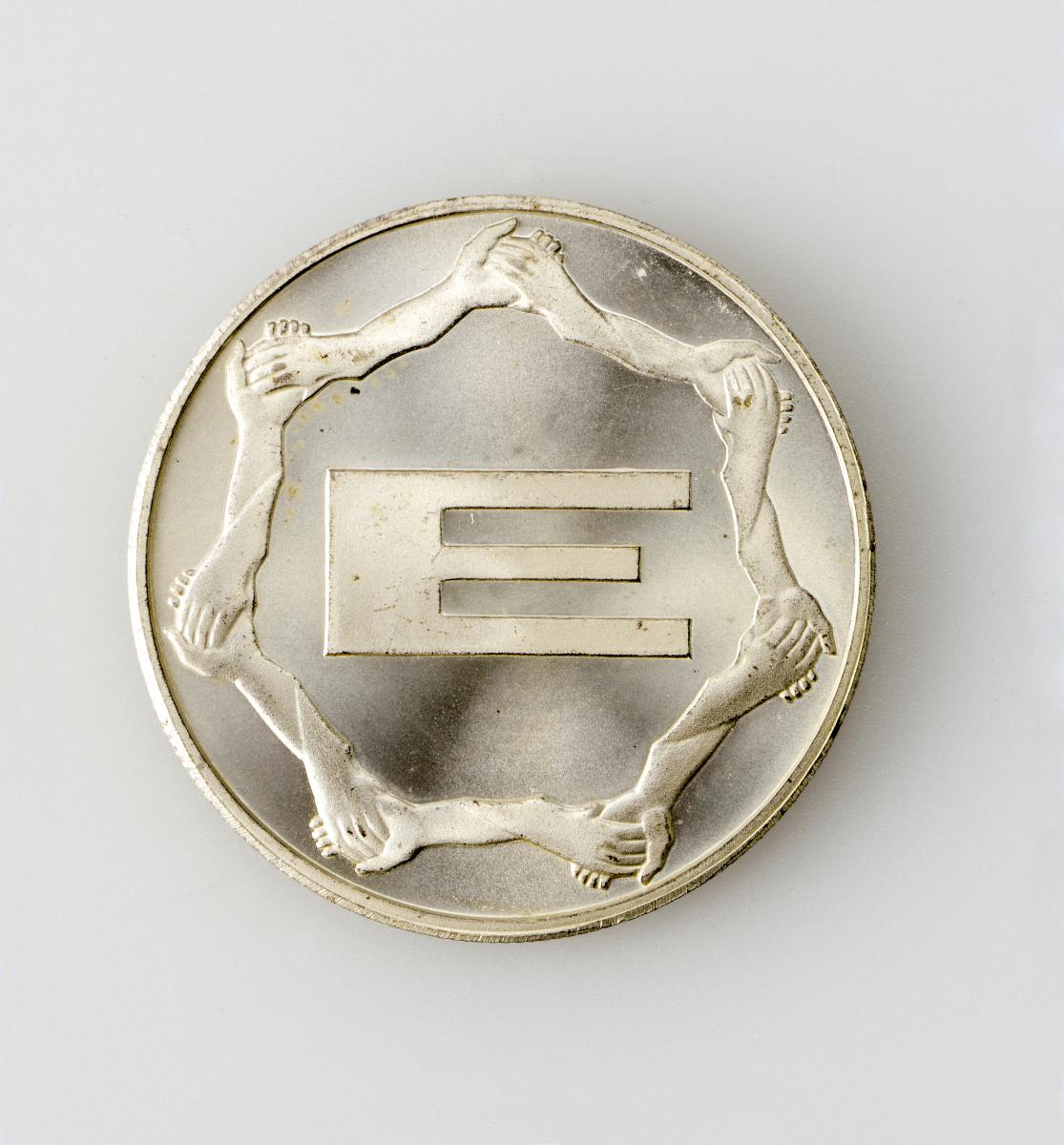The idea of a United Europe has its roots in the 18th and 19th centuries, but remains the aspiration of a few intellectuals.
Between the two world wars, manifestos and books were published by the first federalist intellectuals, who, criticising the division of Europe into sovereign states, predicted the next world war, but remained unheard voices.
During the Second World War, within the resistance in the different European countries, intellectuals and politicians from the currents persecuted by Nazi-fascism, developed the idea of the need for a United Europe with great clarity.
The tragedy of Nazi-fascism and the disastrous outcomes of the Second World War clearly show that only a federal Europe can avoid the perverse spiral in which nation states, prisoners of their own size, pursue social and economic development through violence and war and, in a continuous effort to prepare for war, militarise society according to totalitarian and illiberal political ideologies. Evidence of this political vision can be found in all Resistance movements.
European peace is the cornerstone of world peace. Indeed, in the space of a single generation, Europe has been the epicentre of two world conflicts, which originated mainly from the existence of 30 sovereign states on this continent. The most important thing is to remedy this anarchy by creating a federal union among the peoples of Europe.
[From the Declaration of European Resistance, 1944].
The most lucid document of this period is undoubtedly the Ventotene Manifesto, drafted in 1941 by Altiero Spinelli, Ernesto Rossi and Eugenio Colorni in exile on the island of Ventotene.
The dissemination of the Manifesto's theses in Resistance circles, which also took place through the clandestine periodical L'Unità Europea (which is still the magazine of the MFE today), led to the foundation of the European Federalist Movement in Milan at a clandestine meeting on 27-28 August 1943.
On 15 December 1946, the Union of European Federalists was officially brought into life to co-ordinate and intensify the activities of the different federalist movements across Europe. They campaigned for a 'United States of Europe,' as an alternative to the divisions, which fostered the devastating war.

